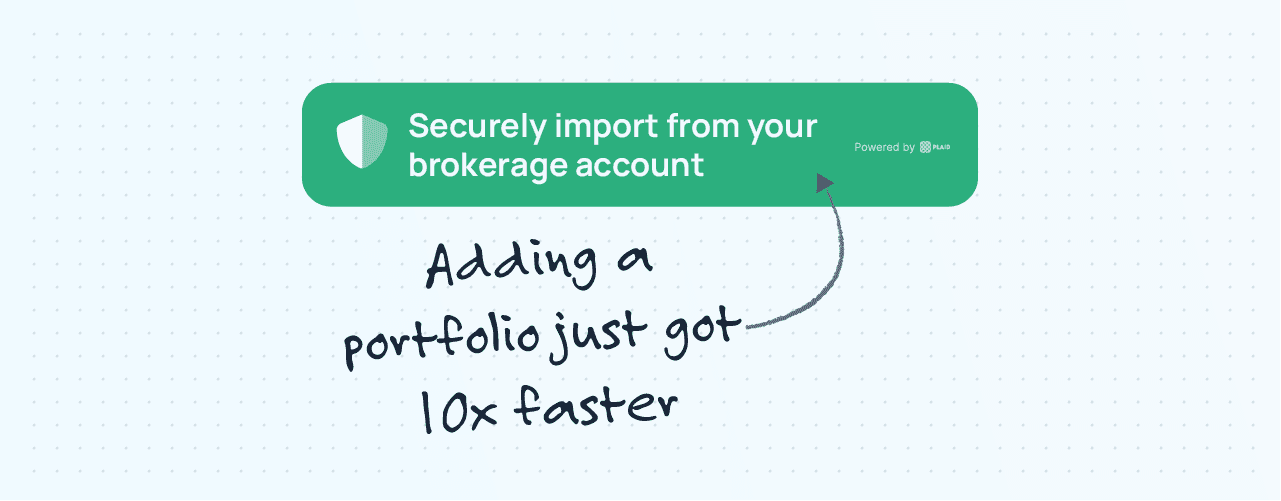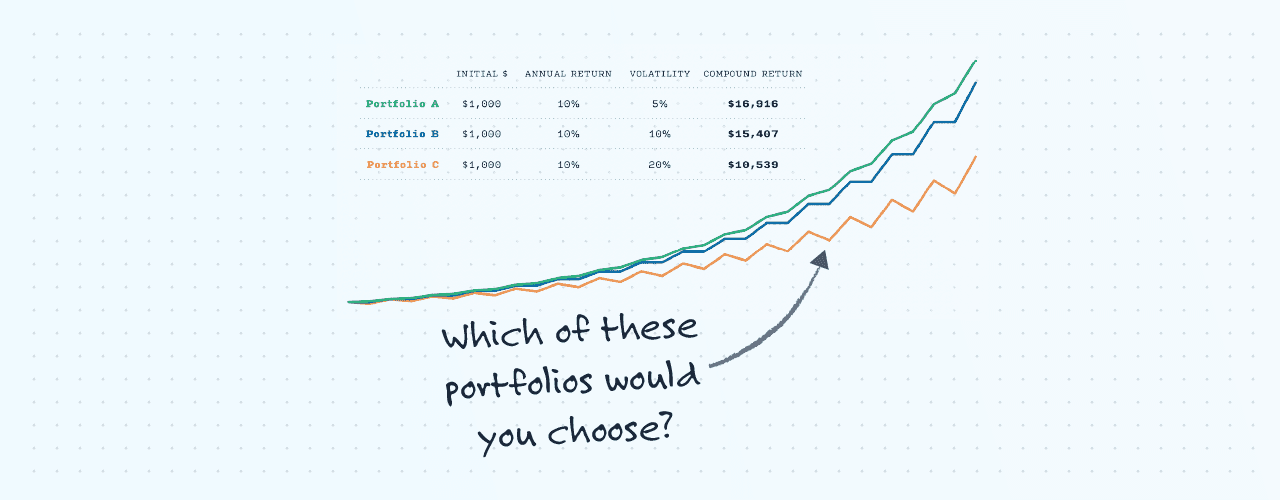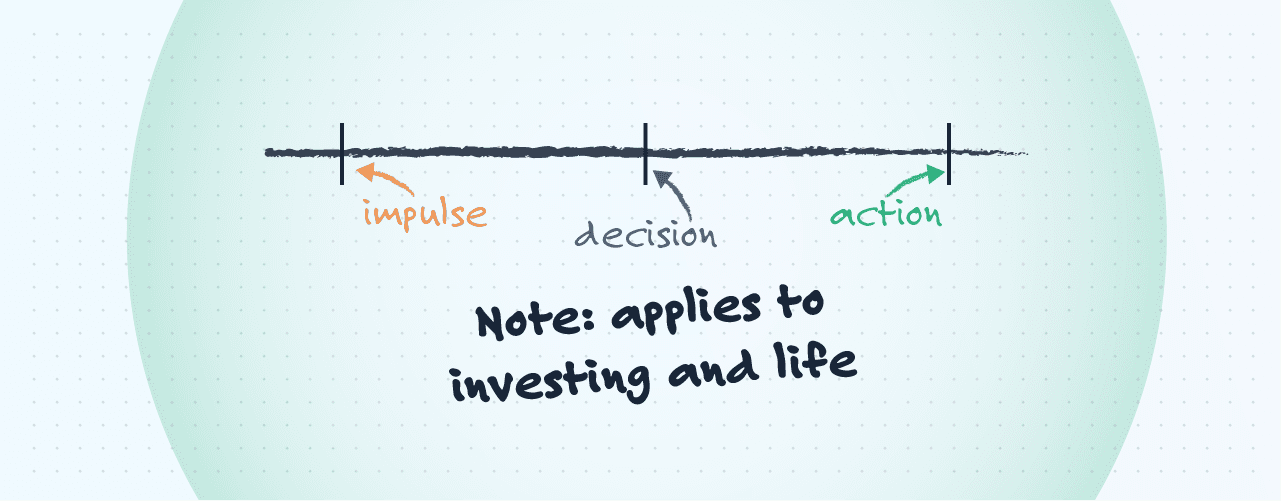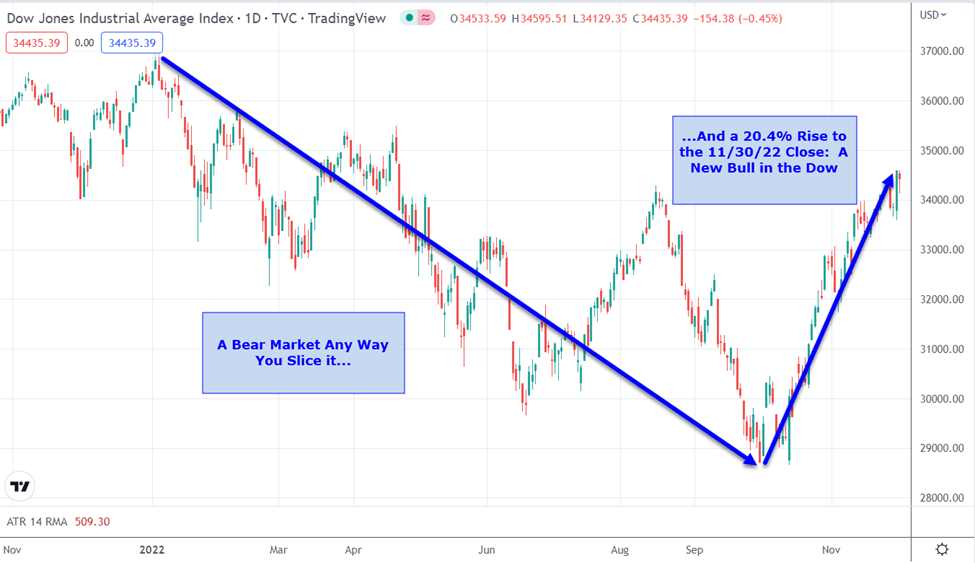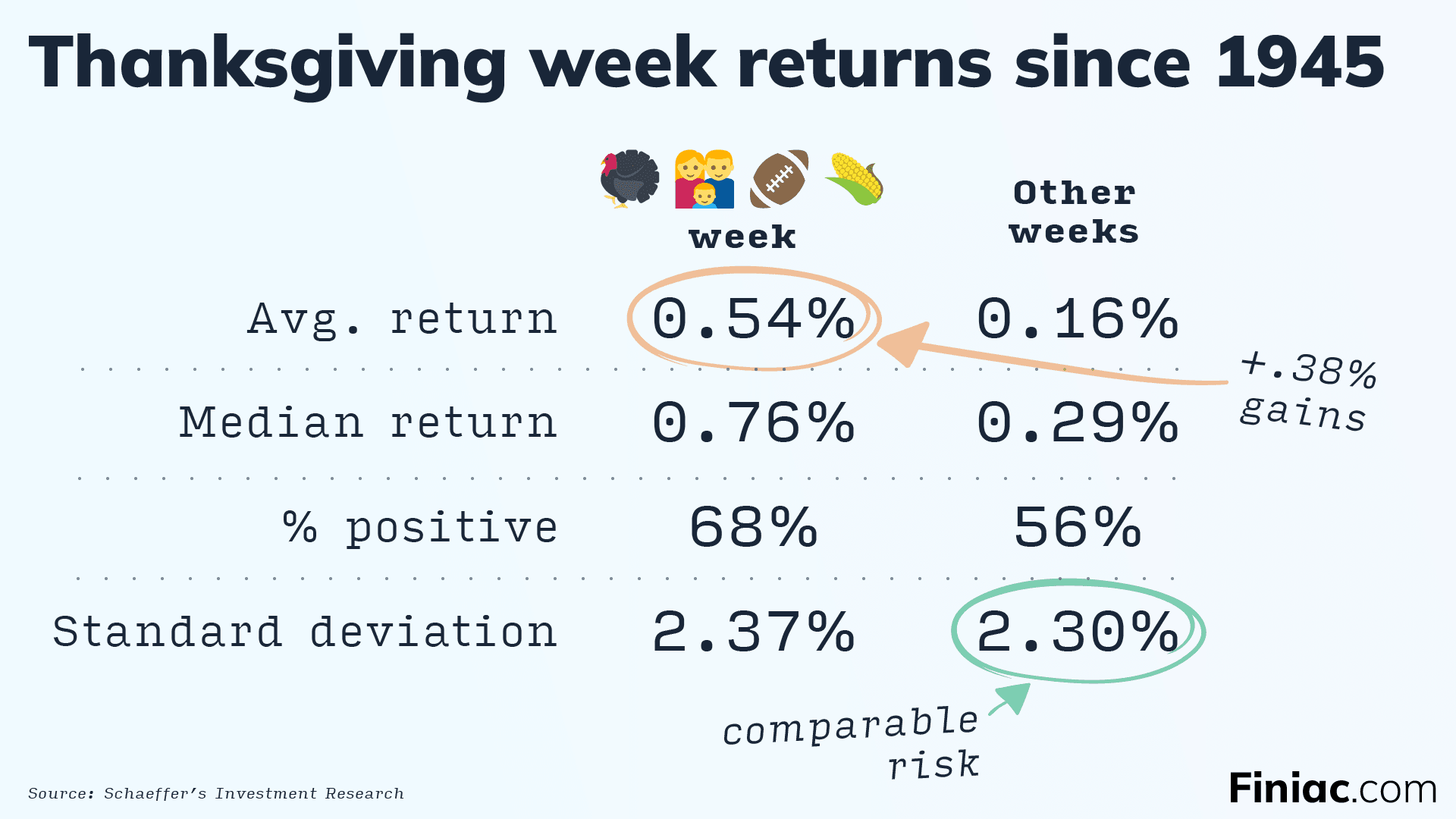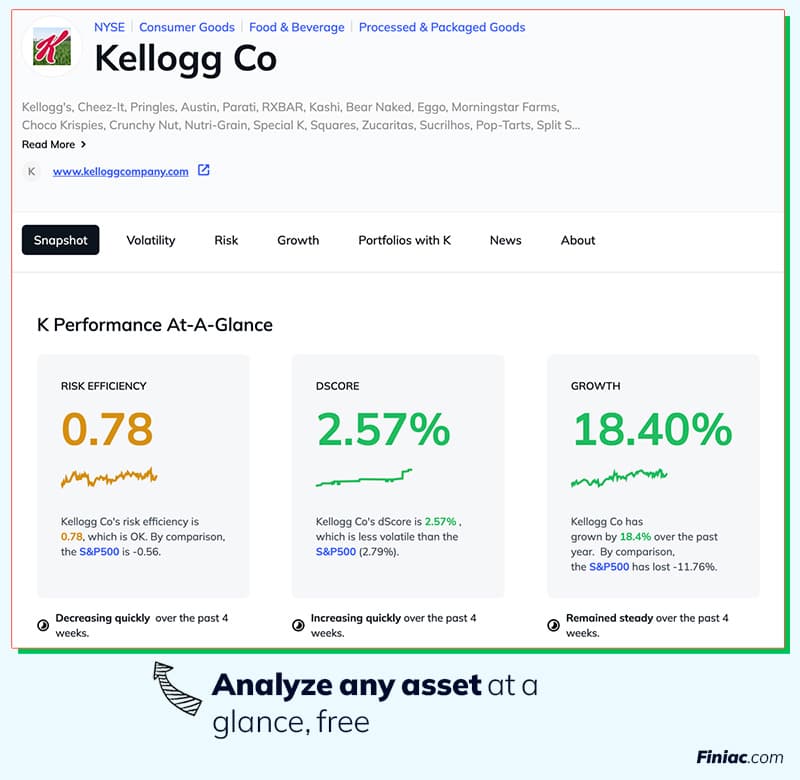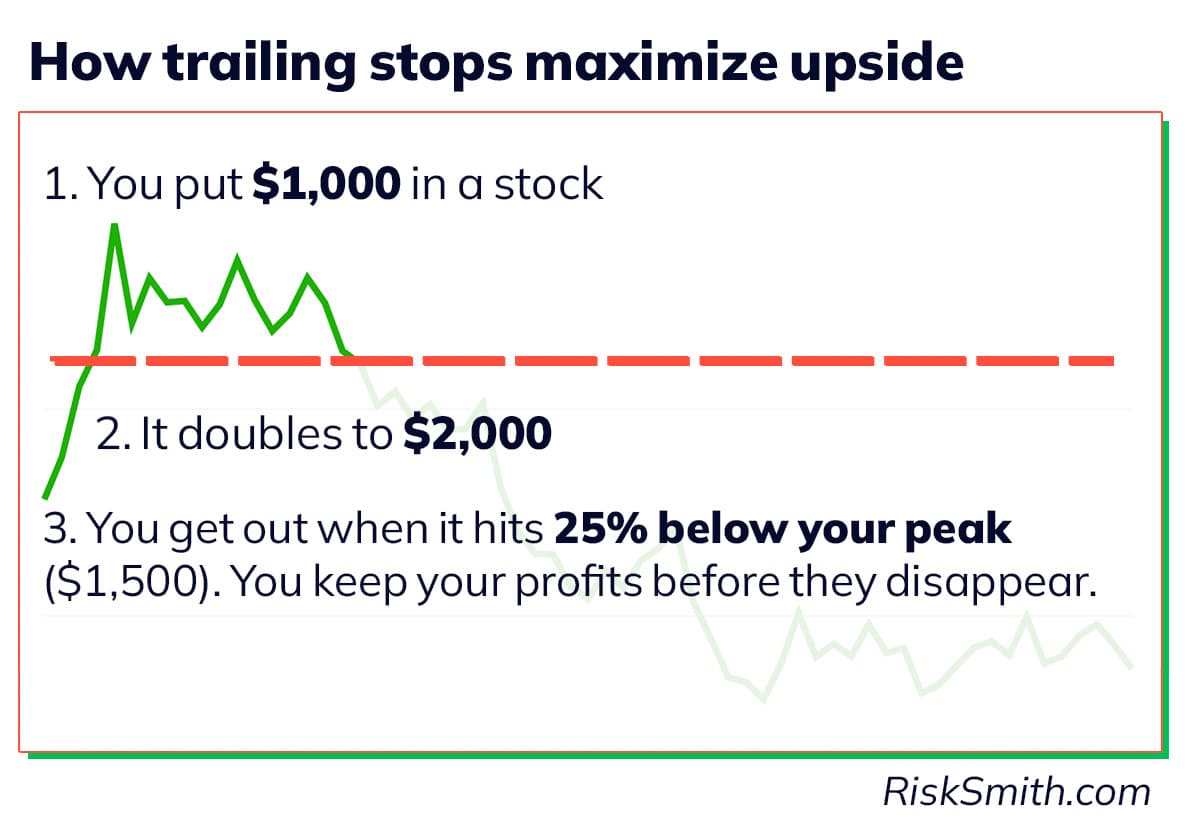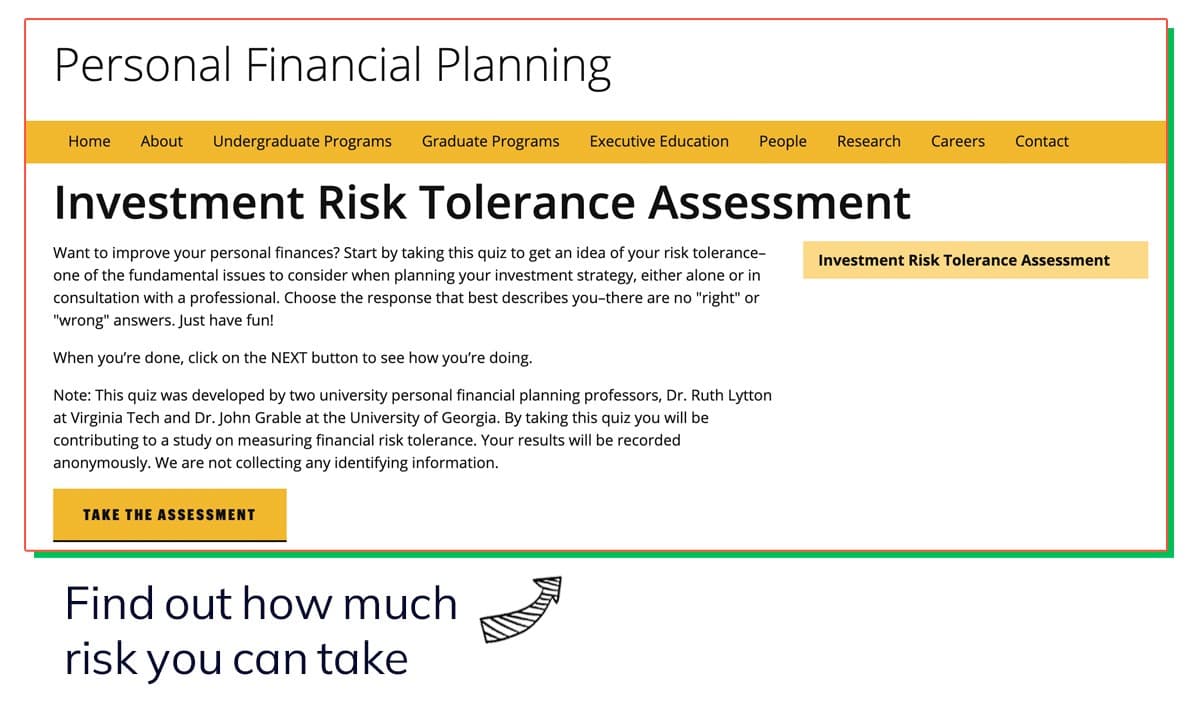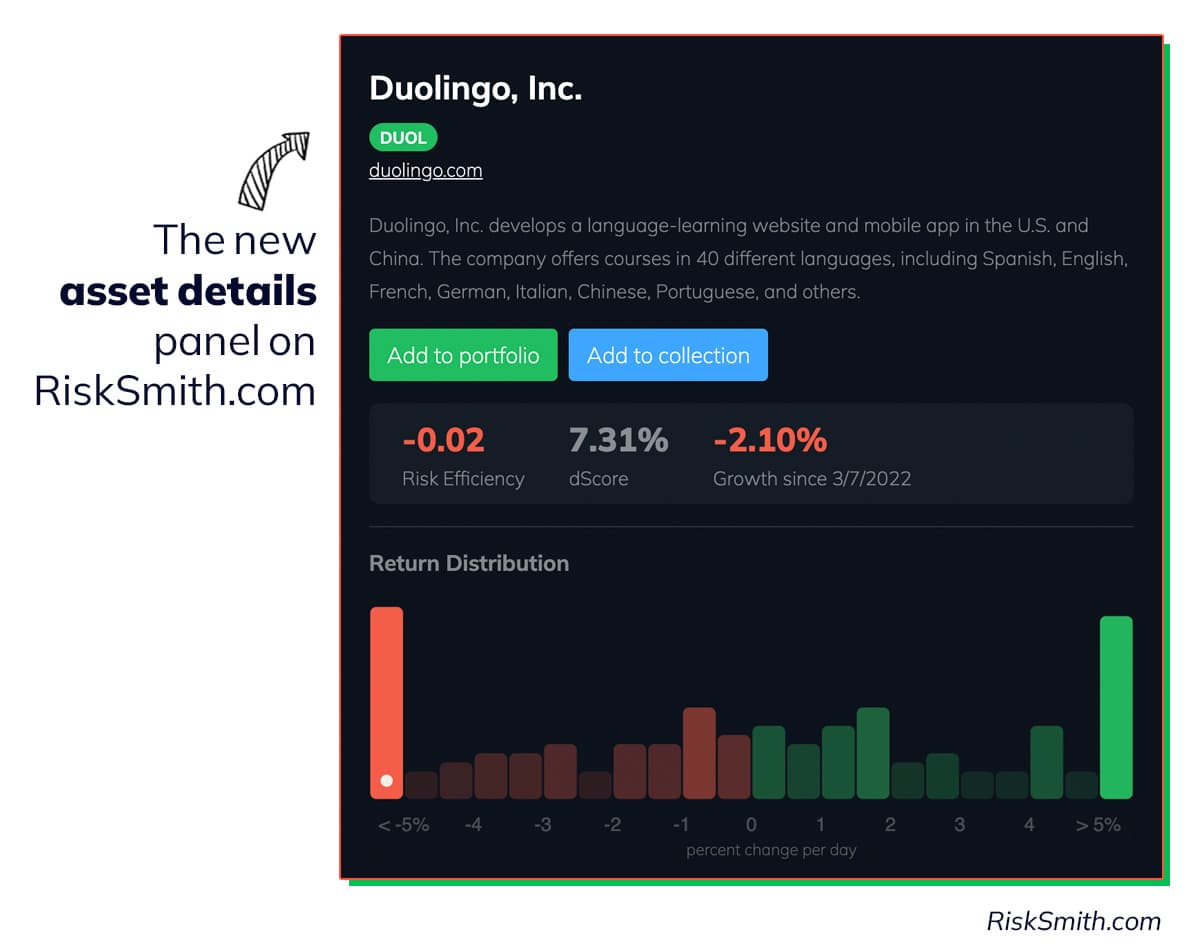Introducing the Diversification Score
Find out how much diversification is improving your performance (finally!)
Dan Muse
February 20th, 2023
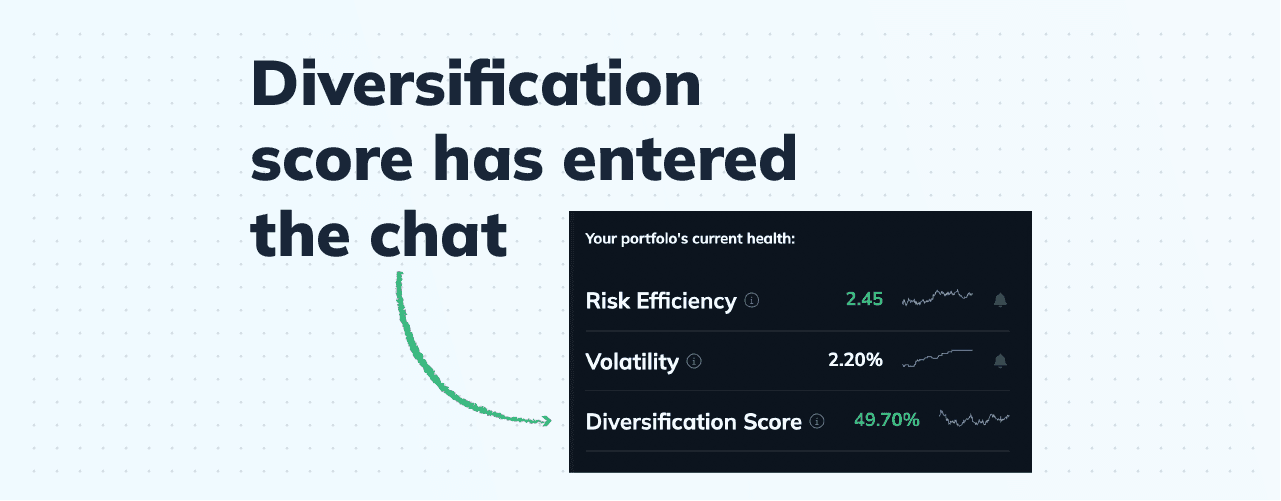
Blog | Introducing the Diversification Score
tl;dr
This number tells you how well you’re diversifying your portfolio.
You want to keep it as high as possible.
Over 25% is a good target.
Today we’re announcing a brand-new feature in Finiac: the Diversification Score.
Open any portfolio in Finiac, and you’ll find it already in place.
Diversification tends to be a black box. You try your best to diversify, but don't really know how effective it is.
That's why we created the Diversification score—so you can finally know how much that step paid off.
What most people get wrong about diversification
It’s one of the very first lessons you learn as an investor:
Get diversified. It’ll help protect you against volatility in the market.
It’s a good rule. But it’s also widely, wildly misunderstood.
“Diversified”—the way most folks use it—means being invested in different asset classes (stocks, bonds, mutual funds etc.) and different sectors (tech, commodities, health care etc.).
But the thing that actually guards against volatility isn’t diversification itself, it’s low correlation.
Long story short: diversification is just a shorthand for correlation.
When you’re putting real money on the line, it’s best to get a little more specific.
That’s why we’re offering the diversification score.
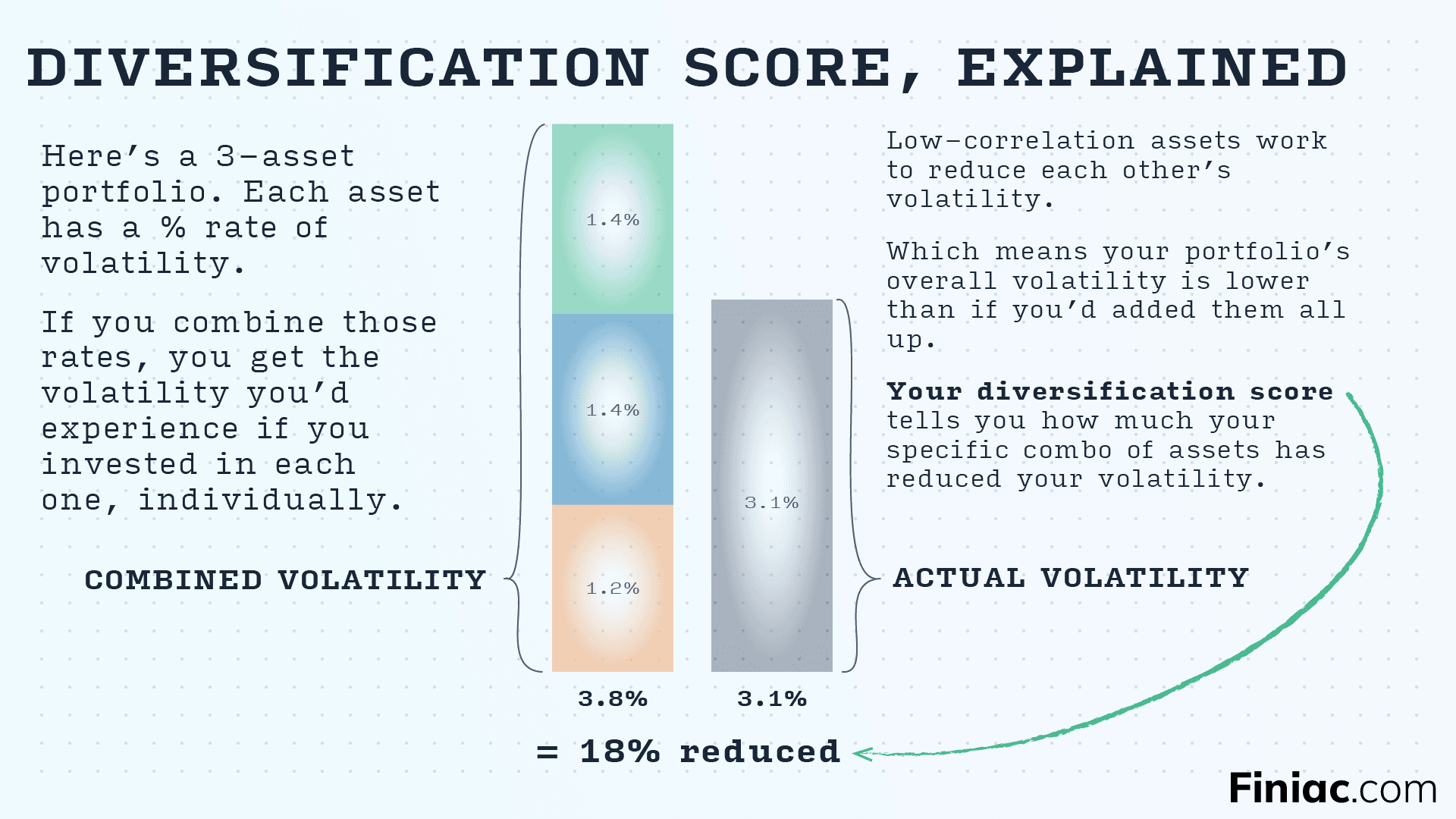
In the example above, you’ve got 3 assets in a portfolio, each with its own rate of volatility.
Asset A: 1.4%
Asset B: 1.4%
Asset C: 1.2%
Let’s say you want to find the volatility of the portfolio as a whole.
You just want to add up those three percentages, right? So, 3.8%?
Actually, no. These three tickers aren’t perfectly correlated (they don’t all move in the same direction at once), so when you combine them, they mitigate each other’s volatility. When one swings way down, the other two might stay steady or jump up, so your losses are minimized.
Your diversification score tells you how much you’ve reduced your volatility by combining actually-diversified assets into one portfolio.
Using this example, the volatility dropped to 3.1% overall—an 18% reduction from 3.8%.
So the portfolio's Diversification Score would be 18%.
How do use your diversification score
You can improve your diversification score by lowering the overall correlation of assets in your portfolio.
One easy way to do that is with Collections.
Open a Collection to take a look at a bunch of assets you’ve got your eye on (or create a new collection, if you haven’t already.
Make sure the “target portfolio” at the top of the list is set to the portfolio you’re looking to edit.
Then just take a look at the “Correlation” column:
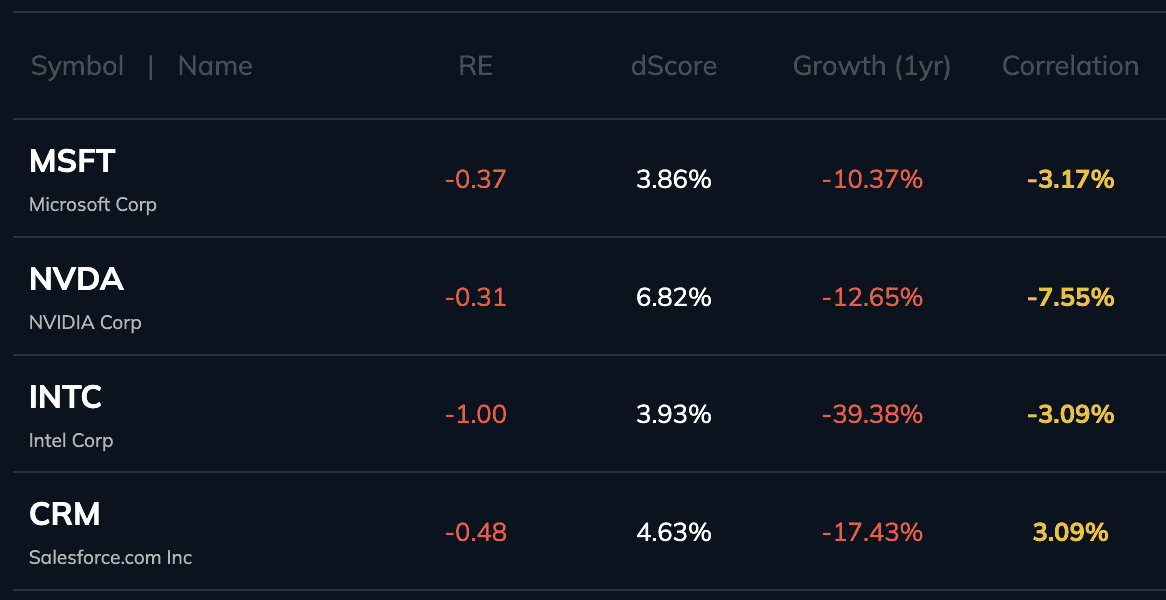
The closer an asset is to 0% — that is, totally uncorrelated — the more it would help improve your diversification score.
Consider this a primer, but honestly, we’re only getting started with Diversification Score. When you’re using it to its full potential, this one number can completely change your investing game for the better.
Don't fall prey to loss aversion
Design better portfolios with RiskSmith

Related Posts



